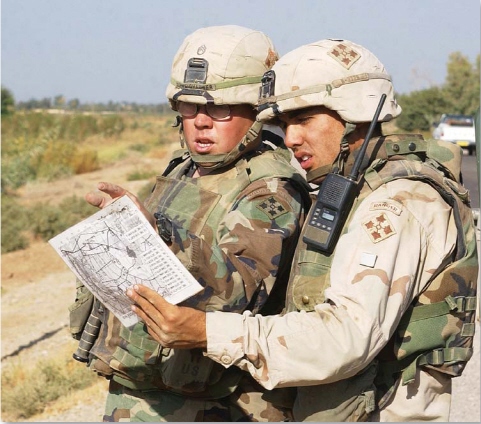
POGS
In the days when milk and juice were sold in glass bottles, round cardboard inserts with pull-tabs were used to cap them off. These caps often displayed the name of the dairy or of the specific product contained in the bottle. Back then, the Haleakala Dairy on the island of Maui, Hawaii, produced a blend of Passion fruit, Orange and Guava, which they bottled for sale. As the hobby of collecting these milk and juice caps developed over the years the acronym POG came into use, based on the Haleakala Dairy fruit drink. By the 1980’s most dairies no longer used glass bottles and cardboard caps, but an avid collecting public had grown up around these little advertising pieces and POGs were poised to hit mainstream pop culture.
During the 1990’s POGs developed into a cultural phenomenon, with new POGs being made for collecting and games being invented to promote new uses for the little cardboard discs. Now with blazing colors and radical designs, the new POGs seldom displayed advertising, never had pull-tabs and had distanced themselves from their humble, yet practical, dairy beginnings. In 1993 the World POG Federation was formed to standardize the various games, but within ten years the sensation was almost completely forgotten and POGs had slipped away from public consciousness. The third re-birth of POGs was brewing however and this time they would return to a very practical use.

5 cent Pog
In the military, troops serving outside the United States were often paid in Military Payment Certificates. These specialized banknotes were used from 1946-1973. This was done to limit servicemen’s spending to on-base locations and to decrease the risk of large amounts of real U.S. currency being obtained by the enemy. With the downsizing of military personnel overseas after the Vietnam War Era, U.S. Currency, and more often debit cards came into use for base exchanges during times of peace.
For the expansion during Operation Iraqi Freedom and Operation Enduring Freedom, the United States Army & Air Force Exchange Service (AAFES) needed small change at overseas locations but due to the expense of shipping coins, decided to print circular discs to serve the purpose. These new colorful discs, known as Gift Certificates, are in effect the 21st century rebirth of the decades old POG. As a plus, these new POGs have regained a very practical use, this time as a working currency for the military.

US ARMY PHOTO BY SGT JACK MORSE
CPT Brian Barber, right, and SSG Schweighauber, both with 1st Battalion, 8th Infantry Regiment, Headquarters, Headquarters Command, 3rd Brigade Combat Team, 4th Infantry Division, out of Fort Carson, Colorado, discuss their current position relative to the location where they should be on the morning of Oct. 10, 2003. They were setting up check points near Balad, Iraq. The soldiers are deployed in support of Operation Iraqi Freedom, the multinational coalition effort to liberate the Iraqi people and end the regime of Saddam Hussein.
These new currency discs are printed in Dallas Texas, near where the Headquarters of the AAFES is located. The staff of the AAFES selects the images of people and equipment pictured on the POGs. They insist that they are not to be used as currency or Military Payment Certificates outside of the AAFES Exchange system, though many have found their way into the hands of POG collectors back home in the U.S.
As of spring 2005 there have been six groups issued. Starting in 2003, dates were incorporated on the top of the discs. Some display the Operational names; many have pictures of personnel or equipment. All have a face value or denomination printed on one side and a picture on the other. Some of the more recent issues have also pictured service personnel from other eras, such as World War II and the Vietnam War. Additional information on these denominated discs can be located at the private web site www.aafespogs.com.